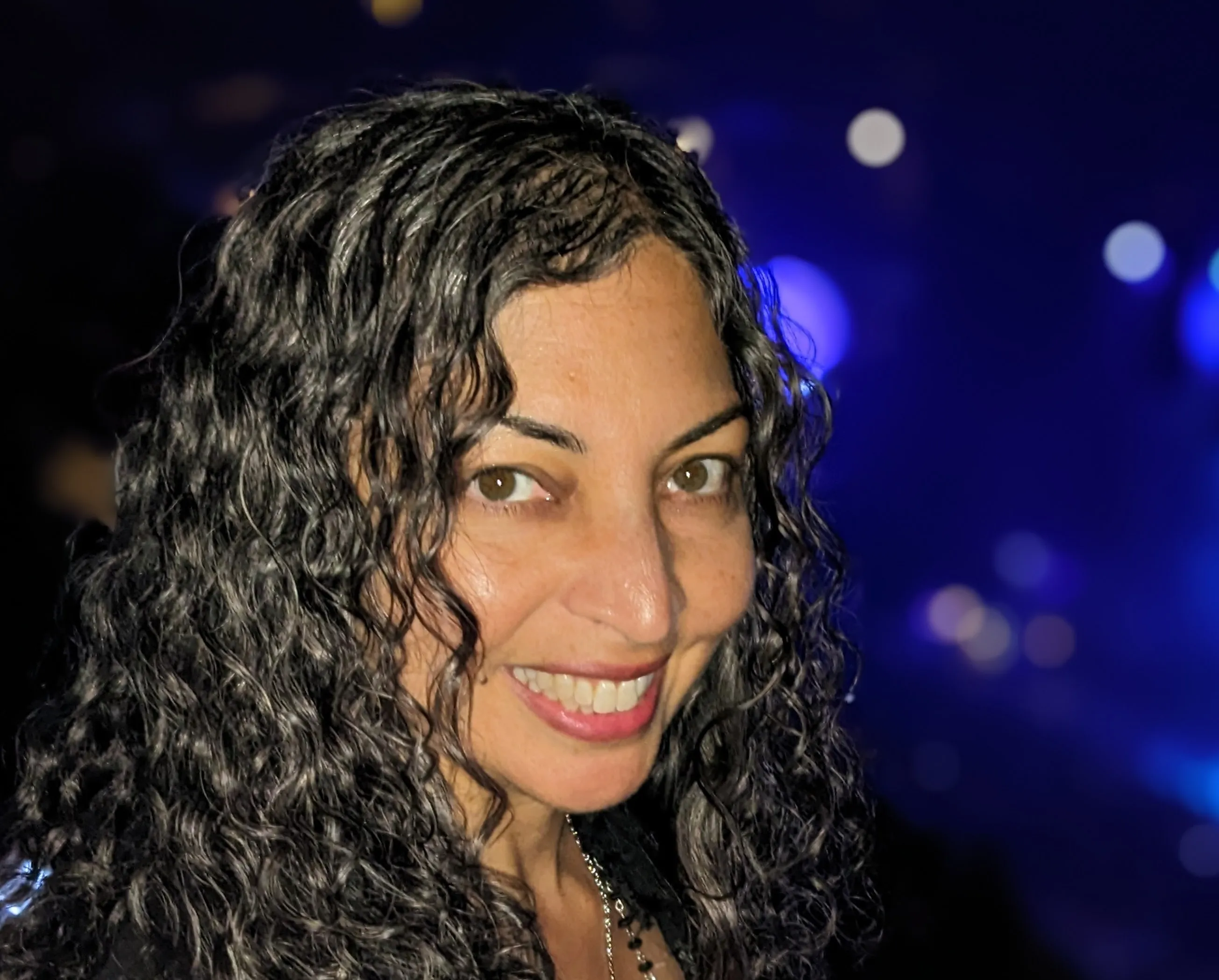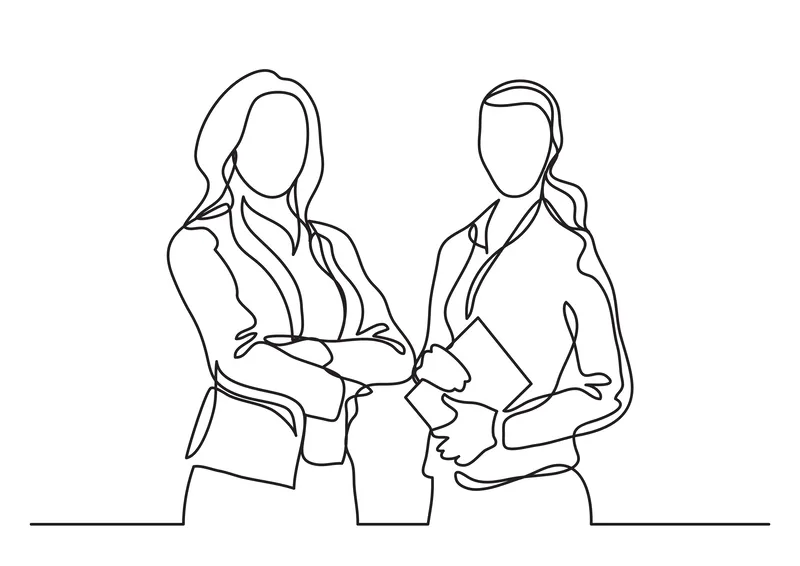
Monali Shah, head of industry solutions for Google and board chair for ITS America, can pinpoint the time she became aware of how transport and equity and climate issues were linked. As a youngster she would journey from her home in the US city of Chicago to visit family in the suburbs of Mumbai, India, where she experienced “really intense pollution”, feeling soot on her face and developing a cough which took weeks after she returned home to clear.
“And that was my first experience with environmental justice and the connection between the way we move, the air that we breathe, and how that's all connected together,” she recalls. “And it made me realise that I can come back and detox myself, but my family lived there - that's their environment that they were in all the time.”
Reducing pollution
She started off her career as an environmental engineer. “I really wanted to focus on eliminating or reducing pollution at its source. And so I started off working in manufacturing: let me go to where it's created and prevent it from happening.”
This is, she admits, a “very non-traditional journey” into transportation.
“But over the years, I've seen that these issues are all very related. When you talk about traffic congestion, safety, emissions - all of these things are connected together. They’re such a fundamental part of what we need to move in the world and yet, it's creating all these issues.”
“It's not random: the impacts we see today are really based on things that happened decades ago in terms of redlining, in terms of how the infrastructure was built. These communities were left behind"
Reducing emissions from transport will be important when it comes to improving air quality and mitigating climate change. “I'm excited to see now that there's really this effort to decarbonise the transportation sector, and take that seriously and move towards electrification and think about how we design our infrastructure in a way that is different than what we've done in the past,” Shah says.
Providing connectivity to communities which have not previously had access to good transport links and clean air is also key. “Even though I think in the past we've thought of housing, transportation, environmental issues as separate things, they're really not,” she says. Collaboration between various governmental bodies, such as US departments of energy and transportation via the Joint Office “gives me a lot more hope towards our ability to address these issues”.
What is the 'zip code lottery'?
Shah has spoken before of a “zip code lottery” for transportation and other services.
“It's not random,” she says. “The impacts we see today are really based on things that happened decades ago in terms of redlining, in terms of how the infrastructure was built. These communities were left behind. And so we see the impacts of that today, and now we have the opportunity to try to reverse some of those. In the US, we're one of the wealthiest countries in the world. We should be able to solve these things. This should not be the state that we are in still, today, after all these years. And so, I think, looking at that history and understanding that history is really important for us, so that people know this is not just a product of something recently; it happened because of decades of lack of investment, and intentional practices that left certain communities out.”
Although equity is a hot topic in parts of the transportation ‘bubble’ at present, there is some way to go in terms of getting it into the mainstream. In short, it’s one thing to talk about it, quite another to move the dial in the real world. She agrees: “I do feel like we still have work to do. I'm bringing in different voices that have not been a part of the conversations.”
Community engagement, listening to the needs of those who have been impacted by these historical practices – and, above all, finding practical ways to help – are crucial. “There are community organisations who are doing really good work, and they're grounded in the communities and the lived experiences, and knowing what those needs are,” says Shah. “And I do feel like we still need to bring more of those voices into the space. It's starting to happen but I think we have some more work to do there.”
'I have that analytical mind'
Shah, who is also chair of the board of directors of ITS America, went to the University of Michigan and had her curiosity sparked by a friend who was studying environmental engineering. “I have that analytical mind and so I figured learning these kinds of technical and problem-solving skills, no matter what I did, would be a good foundation. That’s what brought me into the engineering side. And then over the years, it's evolved into many different things that I would have never anticipated,” she laughs.
For example, artificial intelligence and analytics: “I would have never thought in my days of environmental engineering, early on, that this is the way I would have been approaching these types of topics and issues.”
"When we create the space for people to share more of themselves, we connect in a deeper way - and we also generate better ideas"
Yet they relatively quickly moved to front and centre. After her MBA, she began working for digital map specialist Navteq (since absorbed into Here Technologies). “At some point I was working on high-definition maps for automated vehicles,” she recalls. “And I got asked to work on a strategy project related to traffic and government. And as I got into that, I realised that these were a lot of the same issues that I'd cared about for many years, from the environmental and sustainability side, from the safety side.”
Shah saw that she could bring mapping and real-time traffic data to bear on these issues, helping the government agencies running US road networks to better understand what's happening. “So it started from that aspect of using data to power new types of decisions or enhance decision-making. And over time, I ended up coming over to Google and looking at other types of tools and technologies - data analytics, machine learning - that we have access to.”
What does career progress look like?
One of many interesting aspects to Shah’s career is that she has not been afraid to bring her own personality to her success in business. “That's definitely been a journey for myself too,” she says. “I think I spent probably a lot of years feeling like I needed to fit into a space and so automatically adjusting myself, you know, being a woman and a woman of colour.”
But rather than emulating whatever environment she was in, Shah shifted her mindset. A women of colour summit which included Michelle Obama was one of the catalysts for her change.
“One of the things they were sharing is that what if actually, the things that are different about us in the ideas that we bring forth are actually what's needed to make progress? That really struck me: ‘Oh, it's not just I'm holding something back in, I think maybe that's what I should be doing. It's actually the opposite: what if me sharing this is actually going to move things forward?’”
In a way, that broader perspective gave her a sense of responsibility which meant “I have to actually bring more of myself”. She began to notice when she filtered her views and became more determined to share. “And so I started to just do more and more of that,” Shah explains.
“And what I found is when we create the space for people to share more of themselves, we connect in a deeper way - and we also generate better ideas. And so for me it just feels much more natural - why wouldn't I show up as more of myself? And I want other people to feel comfortable doing that as well.”










